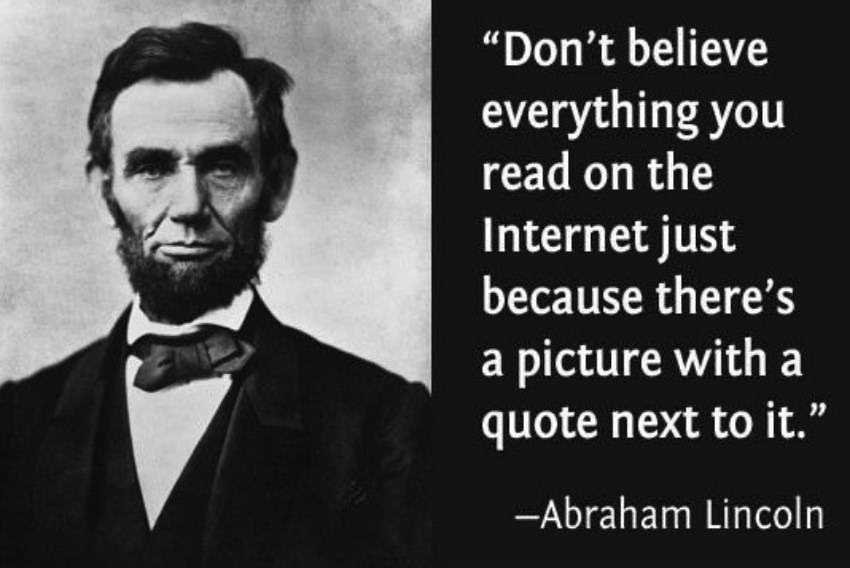The problem with Facebook's fake news has made several headlines in recent days on technology sites. After the steep rise in the news and the role of Facebook in the recent US elections, and after the downgrading of the problem by CEO Mark Zuckerberg ("more than 99 percent of what people see is authentic"), there seems to be some solution.
It's a problem everyone (except Zuckerberg) knows about, and for now some seem to be looking solutions. Of course there are already some suggestions.
According to The Washington Post, four students, Anant Goel, Nabinta De, Qinglin Chen, and Mark Craft managed to solve the problem very quickly.
In a hackathon held at University of Princeton this weekteam, students took on the challenge of solving Facebook's fake news problem.
They did it in record time: The project can be completed in just one and a half days.
How;
The winning team developed an algorithm that was able to distinguish the fake from real news and then highlight them on Facebook.
The system, called FiB uses a Chrome extension that marks Facebook links as "verified" or "unverified" depending on several external factors.
Among these are the credibility of the source, and cross-referencing content with other news sources. If the source of a news item does not pass the tests, the algorithm displays a link to the same story (if available) in a more reliable source.
The group provides the algorithm it developed as an open source, although it is temporarily unavailable due to high demand.
Hopefully Zuck will find out about this algorithm, unless it is in his best interest not to know…
https://devpost.com/software/fib





